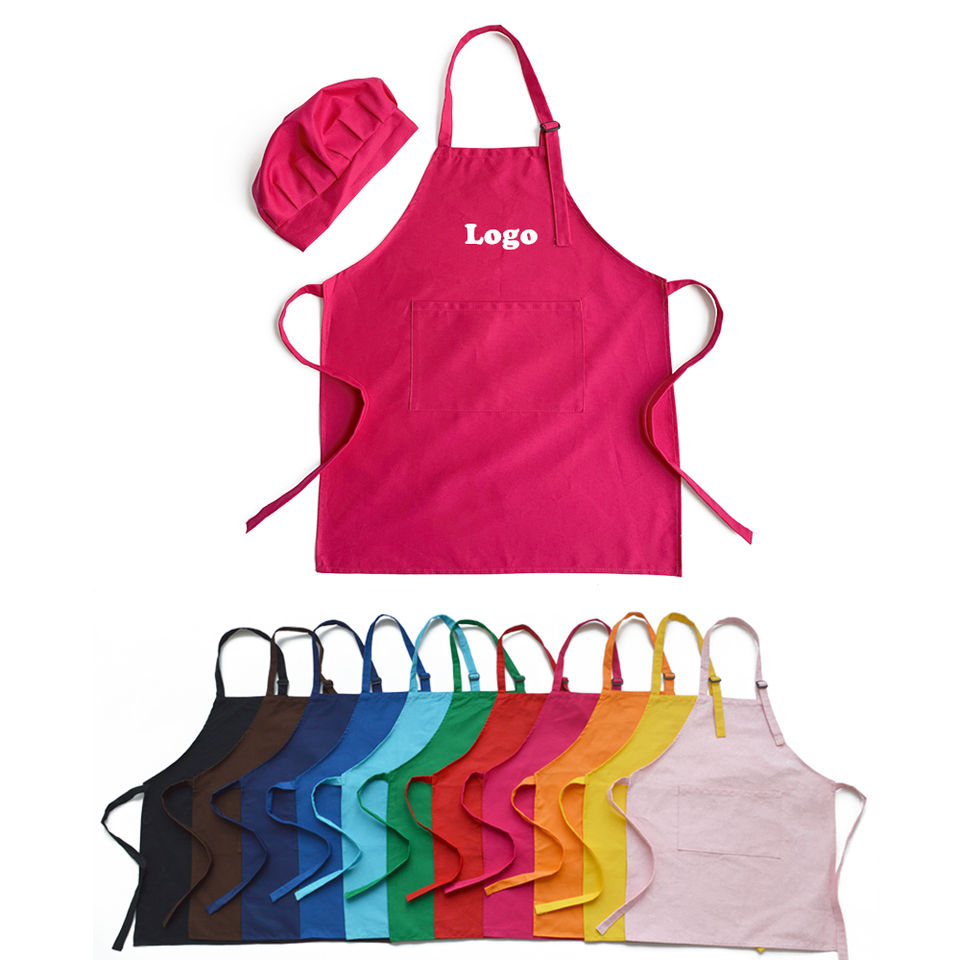 English
English-
 English
English -
 Español
Español -
 Português
Português -
 русский
русский -
 Français
Français -
 日本語
日本語 -
 Deutsch
Deutsch -
 tiếng Việt
tiếng Việt -
 Italiano
Italiano -
 Nederlands
Nederlands -
 ภาษาไทย
ภาษาไทย -
 Polski
Polski -
 한국어
한국어 -
 Svenska
Svenska -
 magyar
magyar -
 Malay
Malay -
 বাংলা ভাষার
বাংলা ভাষার -
 Dansk
Dansk -
 Suomi
Suomi -
 हिन्दी
हिन्दी -
 Pilipino
Pilipino -
 Türkçe
Türkçe -
 Gaeilge
Gaeilge -
 العربية
العربية -
 Indonesia
Indonesia -
 Norsk
Norsk -
 تمل
تمل -
 český
český -
 ελληνικά
ελληνικά -
 український
український -
 Javanese
Javanese -
 فارسی
فارسی -
 தமிழ்
தமிழ் -
 తెలుగు
తెలుగు -
 नेपाली
नेपाली -
 Burmese
Burmese -
 български
български -
 ລາວ
ລາວ -
 Latine
Latine -
 Қазақша
Қазақша -
 Euskal
Euskal -
 Azərbaycan
Azərbaycan -
 Slovenský jazyk
Slovenský jazyk -
 Македонски
Македонски -
 Lietuvos
Lietuvos -
 Eesti Keel
Eesti Keel -
 Română
Română -
 Slovenski
Slovenski -
 मराठी
मराठी -
 Srpski језик
Srpski језик -
 Esperanto
Esperanto -
 Afrikaans
Afrikaans -
 Català
Català -
 שפה עברית
שפה עברית -
 Cymraeg
Cymraeg -
 Galego
Galego -
 Latviešu
Latviešu -
 icelandic
icelandic -
 ייִדיש
ייִדיש -
 беларускі
беларускі -
 Hrvatski
Hrvatski -
 Kreyòl ayisyen
Kreyòl ayisyen -
 Shqiptar
Shqiptar -
 Malti
Malti -
 lugha ya Kiswahili
lugha ya Kiswahili -
 አማርኛ
አማርኛ -
 Bosanski
Bosanski -
 Frysk
Frysk -
 ភាសាខ្មែរ
ភាសាខ្មែរ -
 ქართული
ქართული -
 ગુજરાતી
ગુજરાતી -
 Hausa
Hausa -
 Кыргыз тили
Кыргыз тили -
 ಕನ್ನಡ
ಕನ್ನಡ -
 Corsa
Corsa -
 Kurdî
Kurdî -
 മലയാളം
മലയാളം -
 Maori
Maori -
 Монгол хэл
Монгол хэл -
 Hmong
Hmong -
 IsiXhosa
IsiXhosa -
 Zulu
Zulu -
 Punjabi
Punjabi -
 پښتو
پښتو -
 Chichewa
Chichewa -
 Samoa
Samoa -
 Sesotho
Sesotho -
 සිංහල
සිංහල -
 Gàidhlig
Gàidhlig -
 Cebuano
Cebuano -
 Somali
Somali -
 Тоҷикӣ
Тоҷикӣ -
 O'zbek
O'zbek -
 Hawaiian
Hawaiian -
 سنڌي
سنڌي -
 Shinra
Shinra -
 Հայերեն
Հայերեն -
 Igbo
Igbo -
 Sundanese
Sundanese -
 Lëtzebuergesch
Lëtzebuergesch -
 Malagasy
Malagasy -
 Yoruba
Yoruba -
 简体中文
简体中文 -
 繁体中文
繁体中文
What are the key points of material design for kids aprons?
2025-07-15
The material design of kids' aprons is the basis of safety and practicality. It is necessary to combine the skin characteristics and usage scenarios of children aged 3-12 years old, and form a scientific plan in three aspects: raw material selection, process treatment and performance adaptation.
Safe materials are the core premise. The fabric must comply with the safety technical specifications for infant and kids' textile products, the formaldehyde content must not exceed 20mg/kg, and the pH value must be controlled between 4.0 and 8.5. 0-3 years old infant aprons are preferred to use Class A pure cotton. The natural fiber has no fluorescent agent and no odor. After pre-shrinkage treatment, the shrinkage rate is controlled within 5%. kids apron over 3 years old can use cotton-polyester blends with a cotton content of not less than 65%, which not only retains the skin-friendly nature of cotton, but also improves wrinkle resistance.
Functional materials adapt to scene requirements. For scenes that are prone to dirt, such as painting and baking, the surface of the fabric can be coated with food-grade silicone, with a thickness of 0.1 to 0.2mm. The contact angle after being wetted with water is not less than 110°, which can reduce the residual stain rate by 60%. Outdoor sketching aprons need to be light and wear-resistant. 160g/m² Oxford cloth is selected. After tear-resistant treatment, the friction resistance is not less than 500 times and does not deform. The seams are hemmed, and the stitch length is kept within 3cm, 12 to 14 stitches, to avoid the risk of exposed thread ends causing entanglement.
Comfortable material pays attention to the details. The collar of the apron adopts wide ribbing, the width is not less than 3cm, and the elastic elongation is maintained between 20% and 30% to avoid strangulation of the neck. The waist elastic band is made of natural rubber material, with a tensile resilience of not less than 80%, suitable for waist circumferences of 50 to 80cm. Summer models can use bamboo fiber blended fabrics, with bamboo fiber content accounting for 30% to 50%, and the air permeability is 40% higher than that of pure cotton. Winter models use brushed cotton cloth, and the length of the fluff is controlled within 0.5mm to reduce skin itching.
In addition, the material design needs to consider easy cleaning. Machine washable fabrics must withstand 20 washes at 60℃ water temperature and still maintain good waterproofness and wash fastness, with a grade of no less than 4. For children with allergic constitutions, undyed colored cotton options can be provided, and natural pigments are used instead of chemical dyes to reduce the risk of allergies. The material design of kids' aprons is essentially to balance the protective function and wearing experience on the basis of safety, providing children with comfortable and secure protection.




